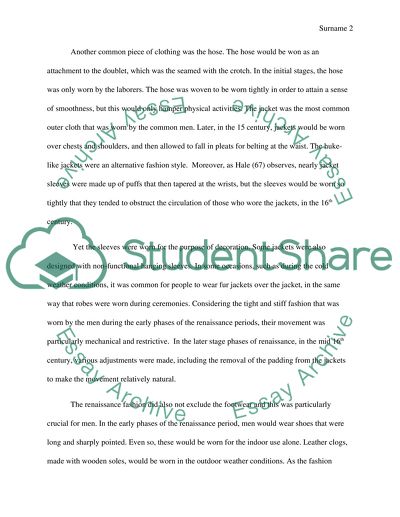Cite this document
(“Style over substance: Paris as the capital of fashion from the Essay”, n.d.)
Retrieved from https://studentshare.org/history/1464423-style-over-substance-paris-as-the-capital-of
Retrieved from https://studentshare.org/history/1464423-style-over-substance-paris-as-the-capital-of
(Style over Substance: Paris As the Capital of Fashion from the Essay)
https://studentshare.org/history/1464423-style-over-substance-paris-as-the-capital-of.
https://studentshare.org/history/1464423-style-over-substance-paris-as-the-capital-of.
“Style over Substance: Paris As the Capital of Fashion from the Essay”, n.d. https://studentshare.org/history/1464423-style-over-substance-paris-as-the-capital-of.


